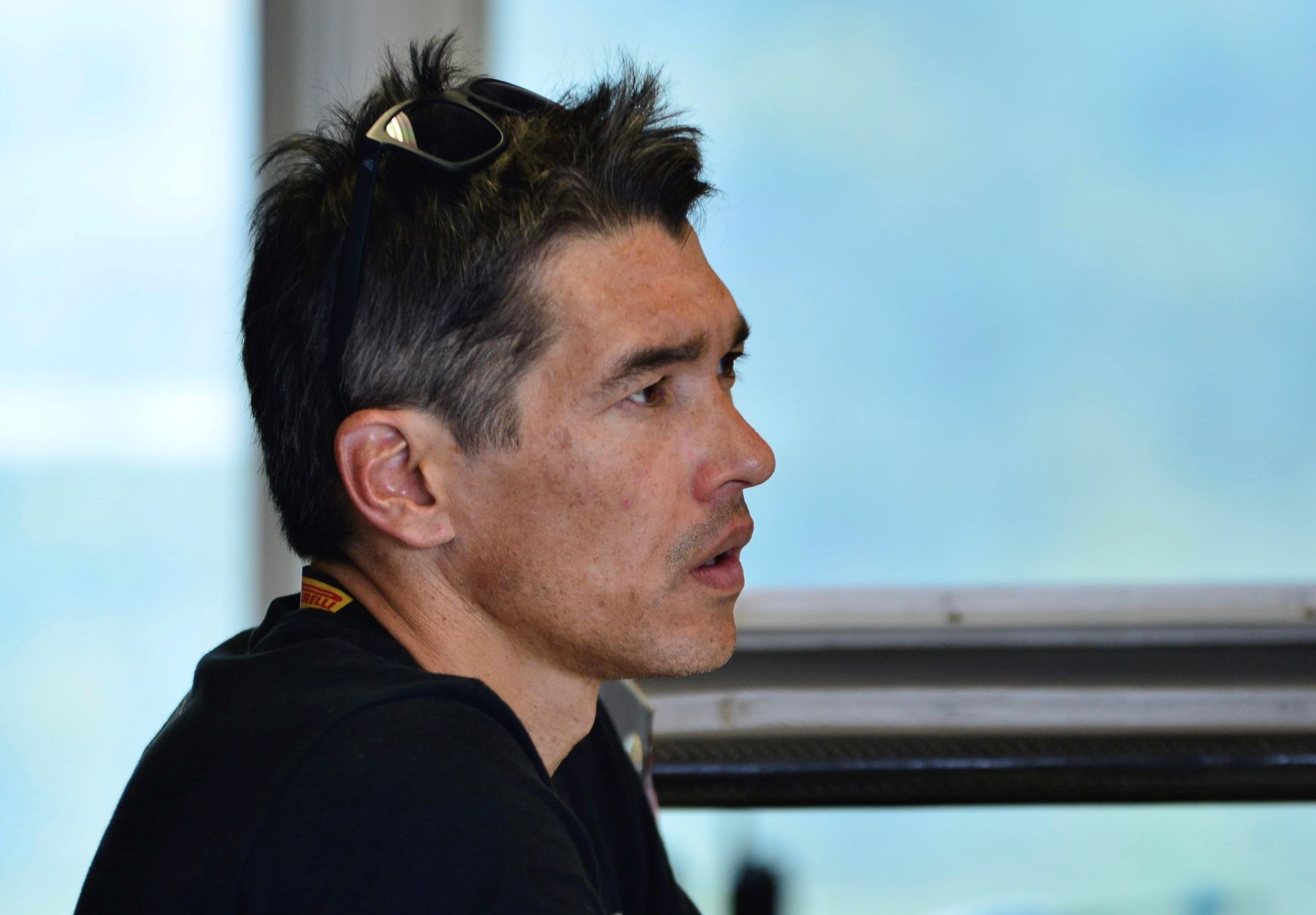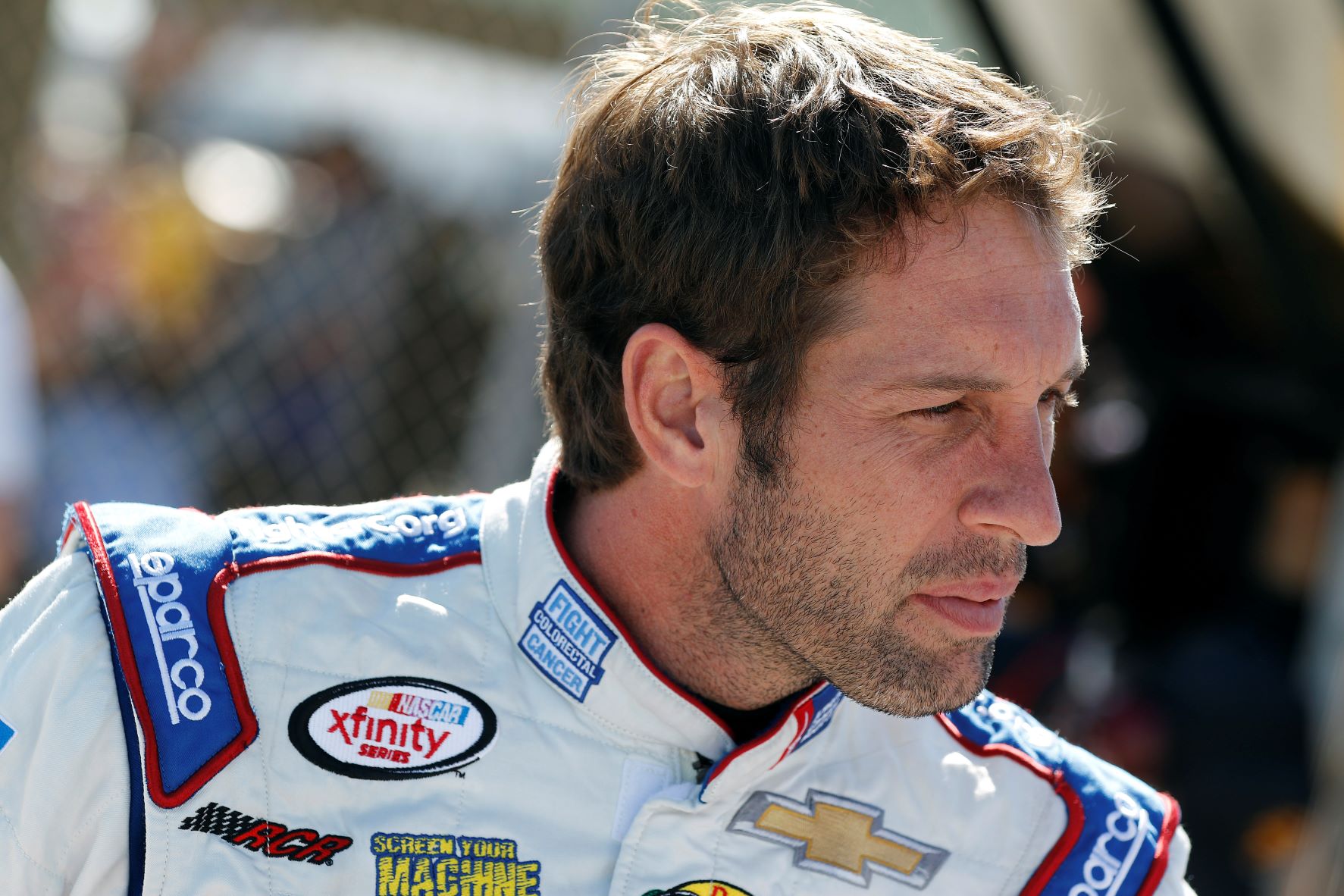-
It was this time last year when a 21-year-old Connor Mosack made his debut in the Trans Am Series presented by Pirelli. He was only a few months into his senior year at High Point (N.C.) University when he climbed behind the wheel of TeamSLR’s Chevrolet Camaro for a doubleheader at Virginia International Raceway (VIR) in Alton. Mosack finished fifth in the first race and 14th in the second race on the 3.27-mile, 17-turn road course. Now a fulltime Trans Am competitor, Mosack returns to VIR for Sunday’s penultimate Trans Am race as the series’ most recent TA2 winner.
 The 22-year-old from Charlotte, North Carolina, won Sept. 12 at Watkins Glen (N.Y.) International. It was a dominant victory as Mosack took the class lead on the opening lap from Trans Am veteran Rafa Matos and never relinquished it, leading all 30 laps around the 3.4-mile, 11-turn track to finish .883 of a second over his nearest pursuer, Tyler Kicera.
The 22-year-old from Charlotte, North Carolina, won Sept. 12 at Watkins Glen (N.Y.) International. It was a dominant victory as Mosack took the class lead on the opening lap from Trans Am veteran Rafa Matos and never relinquished it, leading all 30 laps around the 3.4-mile, 11-turn track to finish .883 of a second over his nearest pursuer, Tyler Kicera.The win put an exclamation mark on Mosack’s progression this season. The driver of the No. 28 Nic Tailor Custom Fit Underwear/Interstate Foam & Supply Chevrolet Camaro secured his first career podium finish June 26 at the Mid-Ohio Sportscar Course, just a month-and-a-half after graduating with a degree in business entrepreneurship from High Point. Then on Aug. 8 on the streets of Nashville, Tennessee, Mosack earned another podium finish. That set the stage for Mosack’s breakthrough win at The Glen, with the victory coming in his 13th career TA2 start. The triumph also boosted Mosack to third in the TA2 championship standings, where he holds a 17-point advantage over fourth-place Thomas Merrill.
Mosack’s upward trajectory in his rookie Trans Am season is emblematic of his racing career as a whole. Mosack didn’t begin racing until he was 18. He started in Legends cars and after winning five championships, transitioned to Late Model stock cars in 2019. Mosack augmented his Late Model schedule with four TA2 races in 2020 for TeamSLR via the doubleheader weekends last fall at VIR and Michelin Raceway Road Atlanta, respectively.
With road-course racing becoming more and more prominent in NASCAR’s national touring series, Mosack wanted to sharpen those skills. The allure of regularly turning left and right in America’s Road-Racing Series was enough to convince Mosack to commit fulltime to Trans Am in 2021.
Aiding his decision was the tutelage provided by TeamSLR. Mosack is coached by the father-and-son duo of Scott Lagasse and Scott Lagasse, Jr. They have combined to win more than 100 races and seven championships across a variety of series and styles of racecars, from paved ovals to road courses to dirt tracks. One of those victories came at VIR in 2018 when Scott Jr., won from the pole and clocked the race’s fastest lap.
The Lagasse’s depth of knowledge is augmented this weekend by the return of Chris Liesfeld, who will be a teammate of Mosack in TeamSLR’s No. 96 M1 Racecars Chevrolet Camaro. The 47-year-old from Richmond, Virginia, has a long tenure with the St. Augustine-based organization. Liesfeld’s company, Fields Racing, has been competing with TeamSLR and the Lagasses for several years. Liesfeld will make his 12th career Trans Am start Sunday at VIR and his second of the season, with his last outing coming in Nashville.
The combination of Mosack’s rising star talent and Liesfeld’s encyclopedic Trans Am knowledge, both of which will be buoyed by the Lagasses’ coaching acumen, makes TeamSLR’s presence in the paddock a formidable one. Recent history, and the decades of know-how accrued by the Lagasses, convene this weekend at VIR.
Connor Mosack, driver No. 28 Nic Tailor Custom Fit Underwear/Interstate Foam & Supply Chevrolet Camaro:
Chris Liesfeld, driver No. 96 New Field/M1 Racecars/Fields Racing Chevrolet Camaro:
Scott Lagasse, Jr., owner of TeamSLR and driver coach:
- NHRA announces eight-race schedule for 2024 NHRA Hot Rod Heritage Racing Series - January 17, 2024
- Forgeline and Pratt Miller Motorsports Announce New Multi-Year Partnership - January 17, 2024
- TAG Heuer Porsche’s Pascal Wehrlein converts narrow pole to commanding win in the Season 10 opener of the ABB FIA Formula E World Championship at the 2024 Hankook Mexico City E-Prix - January 16, 2024



